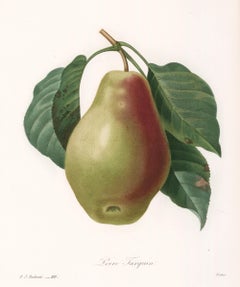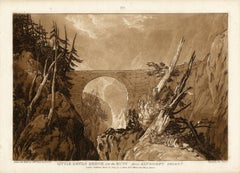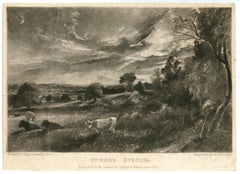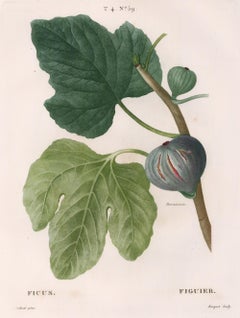Ifpda International Fine Print Dealers Association

Launched in 1987, the International Fine Print Dealers Association has continually set the bar for quality and ethics while promoting prints as original works of art to generations of collectors, curators and art lovers. With over 160 members in 13 countries, the IFPDA is a worldwide community of leading dealers and editions publishers who represent the full spectrum of printmaking. Each year, the IFPDA hosts the IFPDA Print Fair in New York, the only major fair dedicated to fine-art prints.
Early 1800s Ifpda International Fine Print Dealers Association
Paper
Early 1800s Old Masters Ifpda International Fine Print Dealers Association
Mezzotint
Early 1800s Ifpda International Fine Print Dealers Association
Mezzotint
1830s Ifpda International Fine Print Dealers Association
Mezzotint
Late 20th Century Post-Modern Ifpda International Fine Print Dealers Association
Paper
Mid-20th Century Modern Ifpda International Fine Print Dealers Association
Paper
Early 17th Century Old Masters Ifpda International Fine Print Dealers Association
Engraving, Etching
Mid-19th Century Old Masters Ifpda International Fine Print Dealers Association
Drypoint, Etching
Late 19th Century Old Masters Ifpda International Fine Print Dealers Association
Etching, Drypoint
16th Century Old Masters Ifpda International Fine Print Dealers Association
Engraving
Mid-18th Century Old Masters Ifpda International Fine Print Dealers Association
Engraving
16th Century Old Masters Ifpda International Fine Print Dealers Association
Engraving
16th Century Old Masters Ifpda International Fine Print Dealers Association
Engraving
1890s Romantic Ifpda International Fine Print Dealers Association
Mezzotint
2010s Abstract Ifpda International Fine Print Dealers Association
Archival Ink, Archival Paper, Archival Pigment
Early 1800s Ifpda International Fine Print Dealers Association
Paper
Early 1800s Ifpda International Fine Print Dealers Association
Paper
Early 1800s English School Ifpda International Fine Print Dealers Association
Aquatint
Early 1800s Old Masters Ifpda International Fine Print Dealers Association
Etching
Early 1800s Ifpda International Fine Print Dealers Association
Paper
Early 1800s Ifpda International Fine Print Dealers Association
Paper
Early 1800s Ifpda International Fine Print Dealers Association
Paper
Early 1800s Naturalistic Ifpda International Fine Print Dealers Association
Engraving
Early 1800s Ifpda International Fine Print Dealers Association
Silk, Ink
Early 1800s Old Masters Ifpda International Fine Print Dealers Association
Aquatint
Early 1800s Romantic Ifpda International Fine Print Dealers Association
Etching, Mezzotint
Early 1800s Academic Ifpda International Fine Print Dealers Association
Etching, Mezzotint






